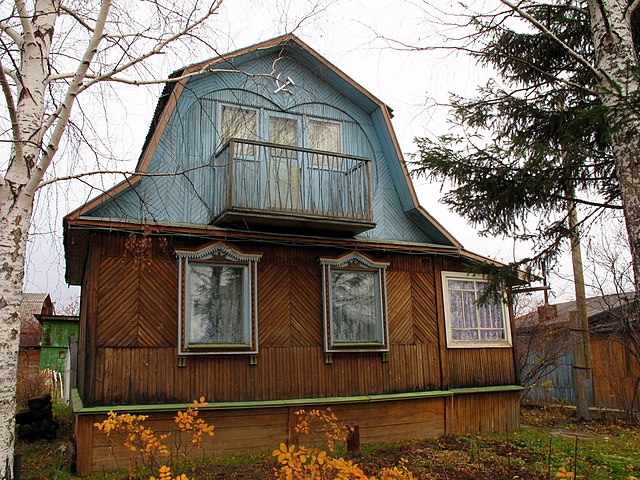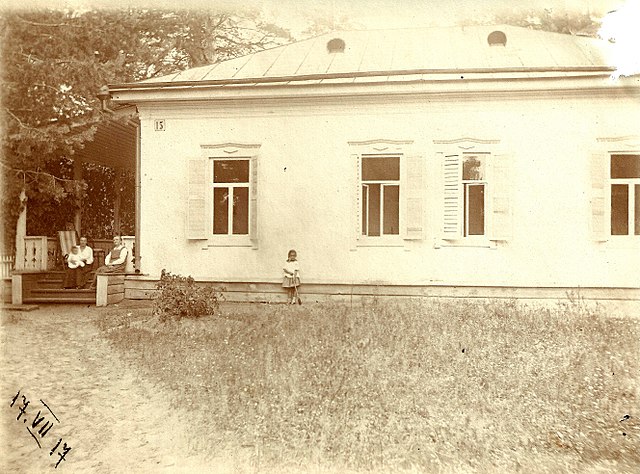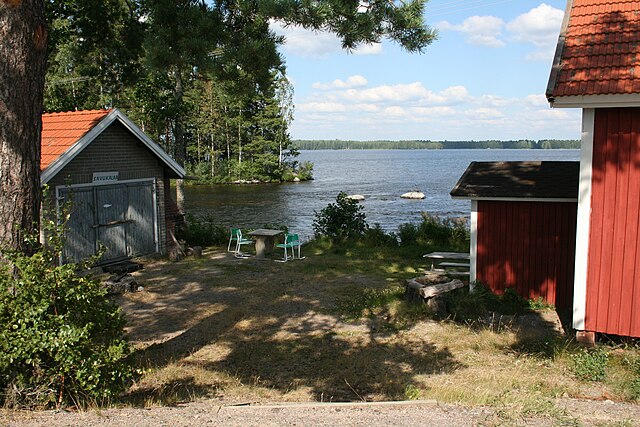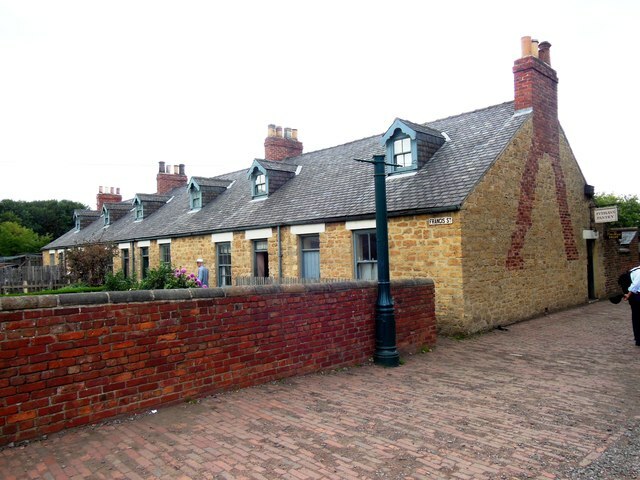A dacha is a seasonal or year-round second home, often located in the exurbs of post-Soviet countries, including Russia. A cottage or shack serving as a family's main or only home, or an outbuilding, is not considered a dacha, although some dachas recently have been converted to year-round residences and vice versa.
A typical Soviet dacha
A dacha near Moscow, 1917
An old dacha near Saint Petersburg
Battening a country house in a dacha co-operative in the environs of Moscow, July 1993
A cottage, during England's feudal period, was the holding by a cottager of a small house with enough garden to feed a family and in return for the cottage, the cottager had to provide some form of service to the manorial lord. However, in time cottage just became the general term for a small house. In modern usage, a cottage is usually a modest, often cosy dwelling, typically in a rural or semi-rural location and not necessarily in England. The cottage orné, often quite large and grand residences built by the nobility, dates back to a movement of "rustic" stylised cottages of the late 18th and early 19th century during the Romantic movement.
South Savonia is one of the largest summer cottage regions in Finland, with more than 50,000 holiday homes. The picture was taken in Mäntyharju.
A typical cottage in Devon, with walls built of cob and a thatched roof.
19th century coal miners' cottages rebuilt at the Beamish Museum.
The Ugly House (Welsh: Tŷ Hyll) near Betws-Y-Coed, a famous example of a tŷ unnos.








